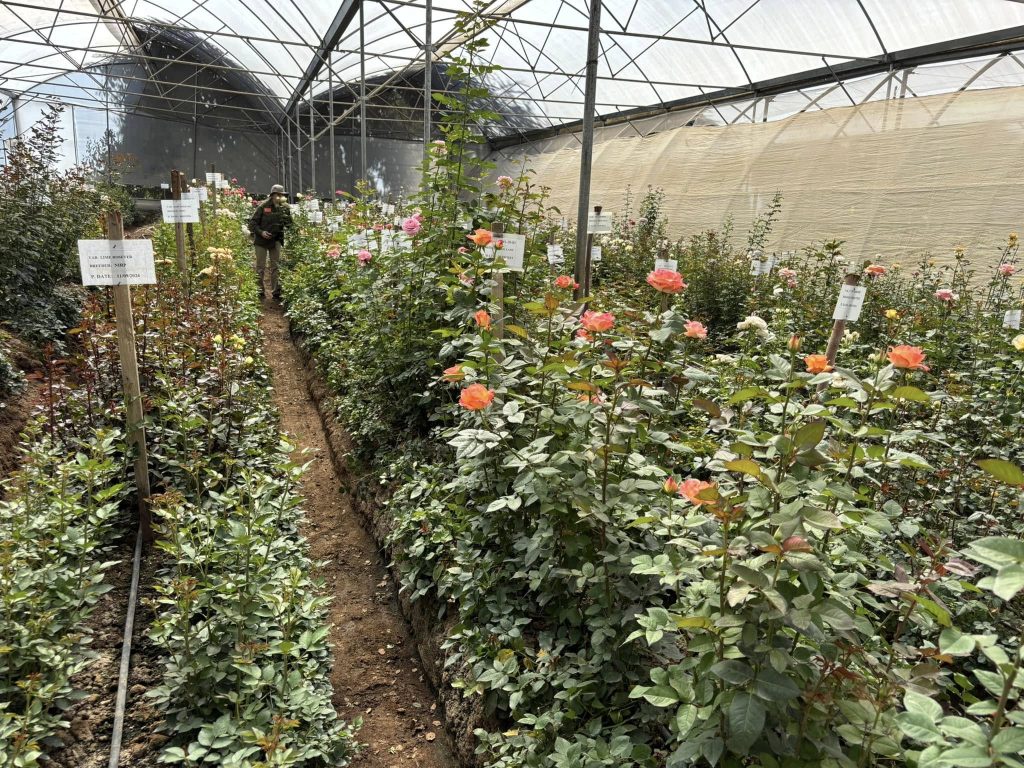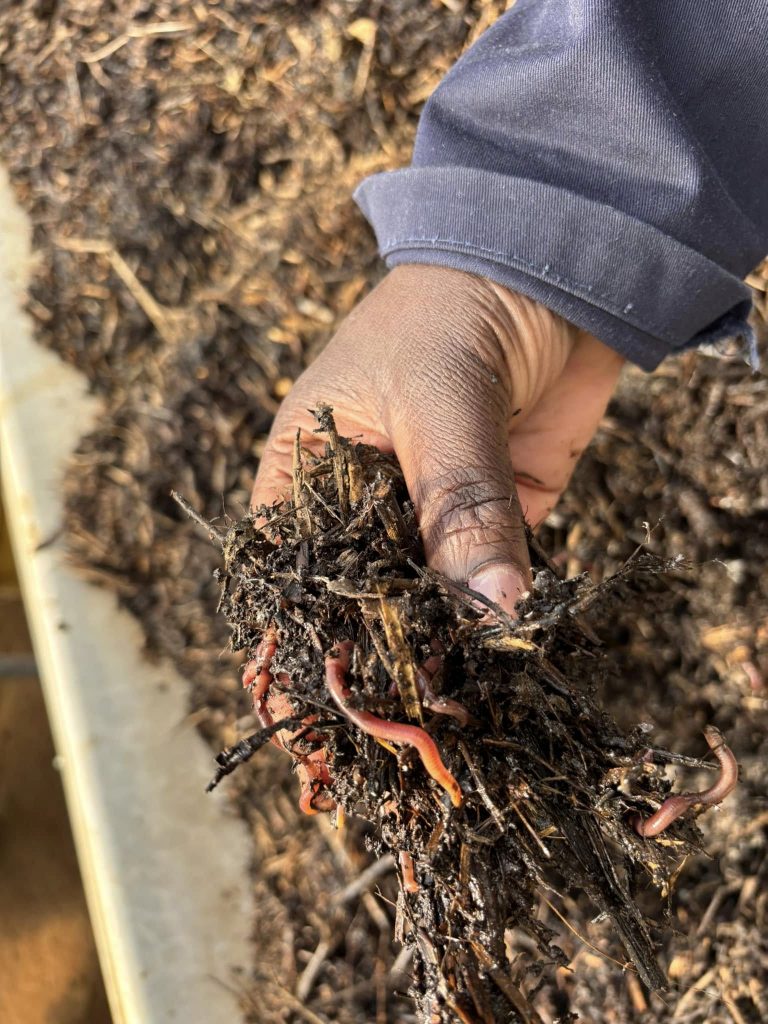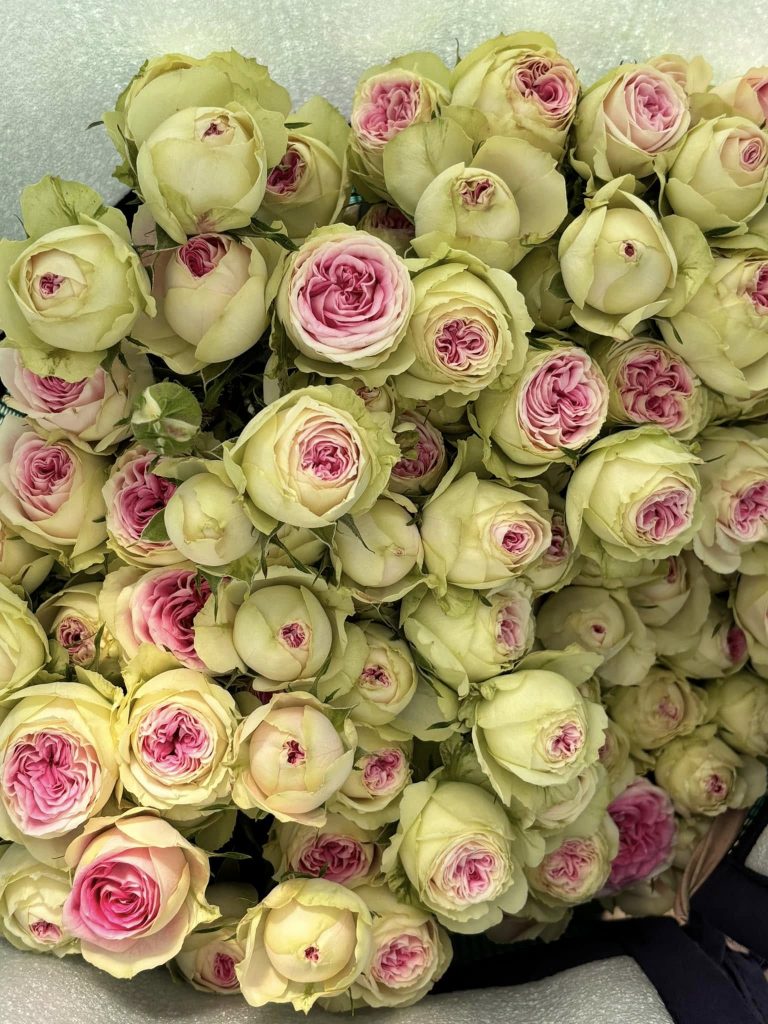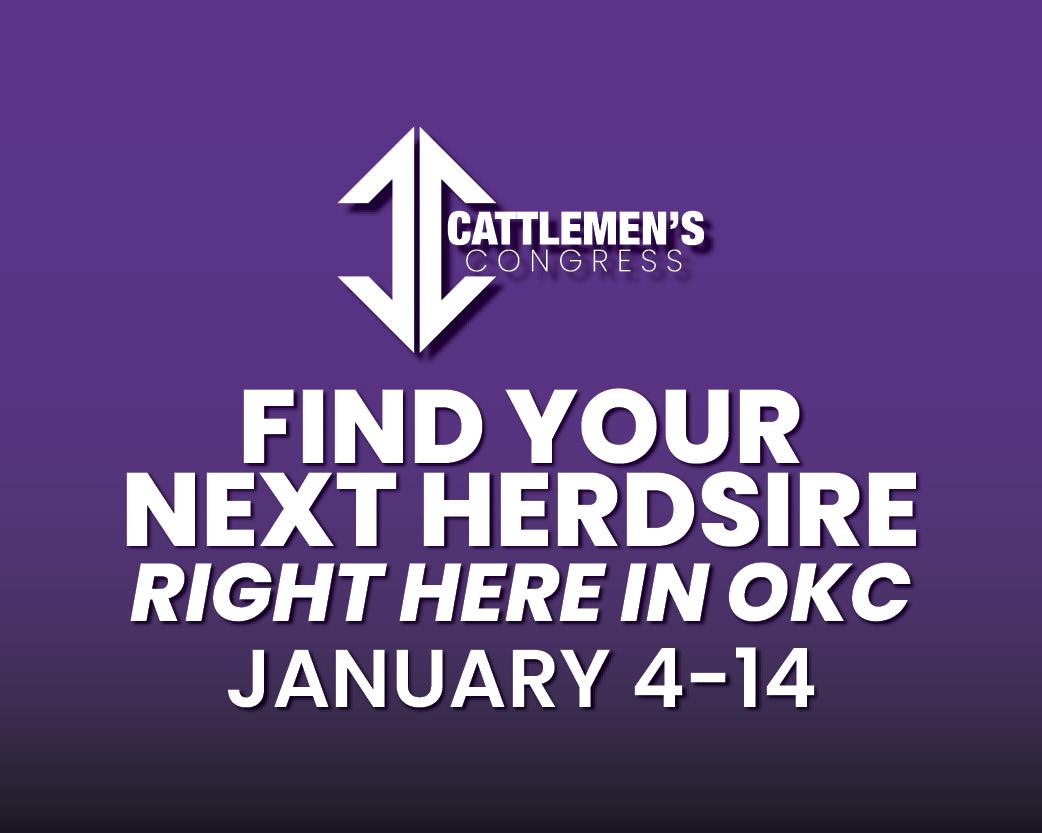
We continue to share comments from the Director of the Oklahoma Ag Leadership Program Edmond Bonjour as Class XXI travels across parts of Kenya for their International Capstone study experience. These comments are from the Saturday tour stops for Class XXI as they hit the half way point on their Kenyan travels.
“The OALP visited Tambuzi Farm, established 28 years ago. They are specialists in the production of traditional scented garden roses, mainly for events, and they sell worldwide. Tambuzi has 25 hectares of 150 commercial varieties of roses, plus complimentary production of sustainable forestry, bee keeping, and livestock. Our first stop was to a greenhouse where red wiggler worms made compost and liquid fertilizer on an 8-week cycle.

“They plant roses on raised beds and release 10 new varieties every year. After new roses are planted, they make bending plants of the lower shoots after eight weeks which adds secondary storage for the plants. About 14-16 weeks after planting, the first roses are harvested, and the again at 12 weeks, etc. Re-bending is a continuous process. Roses have a 10-year lifespan and are then dug up. Roots go seven feet deep. Roses require weeding, water, and nutrition – compost, liquid fertilizer from worms, and organic manure from cows, sheep, and pigs. All watering is by drip irrigation from recycled water. They focus on integrated pest control for spider mites, thrips, and diseases. High-pressure water helps control spider mites; sticky traps for thrips; some trap cropping; bio-pesticides; predatory mites; rosemary, garlic, and neem to repel moths; and lastly chemicals. Waste vegetative material is burned to make charcoal which is incorporated into the beds to make the soil acidic.”

“The OALP then visited the abattoir at Highland Castle Farms where hogs at about 35-weeks old come before slaughter to rest for at least 24 hours to decrease stress and ultimately have better meat. They use a stun gun, then scald the body, split the carcass, and then make the cuts. Five employees process four pigs daily for a total of 20 head per week. They also make sausage using leeks as a binder, and raise all their own spices. Casings are made of collagen. The entire process is organic.

The OALP then visited the sow farm of Highland Castle Farms. They have 62 sows and two boars. The breeds are Large White and Duroc. Sows are fed 8 kg of feed per day. They cull two sows every month and replace them with two gilts. They feel successful when they wean 10 piglets per sow. Farrowing is in open areas, however they just established their first farrowing pen. Coccidiosis is controlled by vaccination. The most important predator is humans – either people from the community or staff. Piglets are weaned at eight weeks and 20 per week are taken to Toraco Farms, the farm we visited two days ago, for finishing. The sow is then serviced five days later. The gestation period is 114 days.




The OALP had a nice leisurely lunch at Soames Hotel, close to Nanyuki. James Soames came to Kenya at age 32 in 1920, the year that Kenya became a British colony. He bought many thousands of acres in the Burguret area near Nanyuki, on the western Foot of Mount Kenya. It is a beautiful place and location.




The last tour for the OALP on Saturday was to the famous Mount Kenya Safari Club where we visited the Animal Orphanage. It was a fun visit.





As Class XXI continues to travel across Kenya- the application for Class XXII is now available on line at the OALP website. Click here for that application– which is due by May first, 2025. In person interviews will happen in June and the XXII will meet for the first time in August of this year.


















